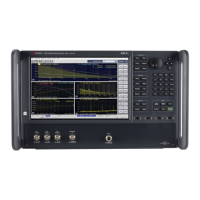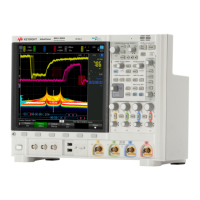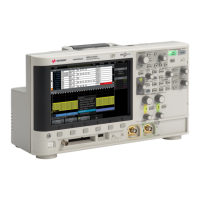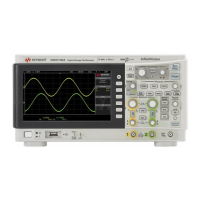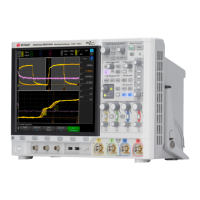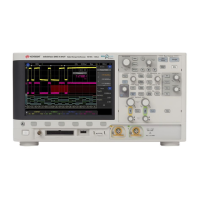354 Keysight EXG and MXG X-Series Signal Generators User’s Guide
Using Avionics VOR/ILS Softkeys for N5171B/72B and N5181B/82B with Option 302
Using COM/ID Softkeys
Using COM/ID Softkeys
The purpose of COM/ID commands are to set parameters related to
airport communication identification codes. (This code may also be referred to
as an, “airport call-sign”.)
During VOR testing, a COM/ID code is transmitted as a three letter
Morse-code signal of 1.02000 kHz and is placed on the VOR carrier; this
COM/ID code is used to identify the VOR ground-based transmitting station.
During ILS testing, this same COM/ID code is transmitted on the ILS Localizer
carrier, but is not transmitted on the ILS Glide Slope carrier.
Each COM/ID code (airport identification code) must correspond to one of the
International Air Transport Association (IATA) codes.
IATA owns, controls, and has a copyright to the complete list of airport
identification codes; STS is the airport identification code that refers to the
Sonoma County Airport in Santa Rosa, CA, USA.
Figure 14-7 COM/ID Softkeys
When testing a VOR [VHF Omnidirectional Ranging]
or ILS [Instrument Landing System],
the following COM/ID parameters can be set:
- Sets either Code or Tone
as the COM/ID type
- Sets a 3-character
airport ID Code enclosed
in single or double-quotes
- Sets the COM/ID tone
modulating frequency
- Turns off all
COM/ID signals
- Sets the COM/ID tone
amplitude modulation depth
(Range: 0 to 49.9%)
COM/ID Menu Parameters Default State
COM/ID Off/On Off
COM/ID Code/Type Code
COM/ID Code STS
Frequency 1.02000 kHz
Depth 10.0%
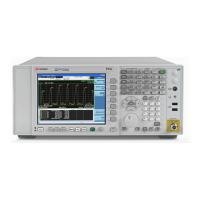
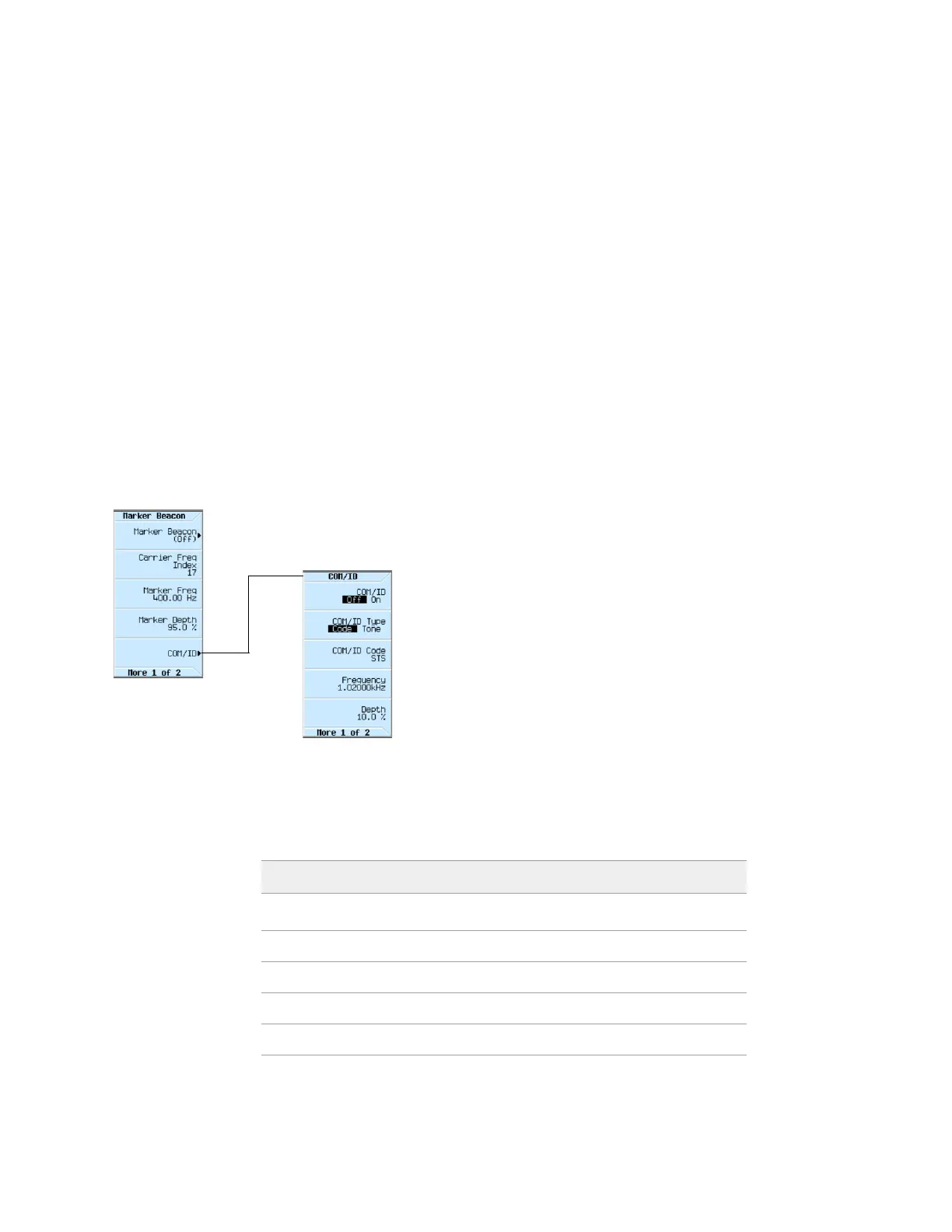